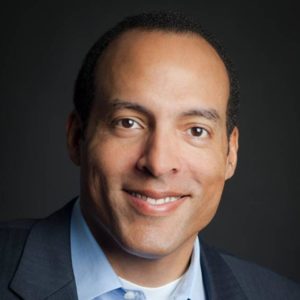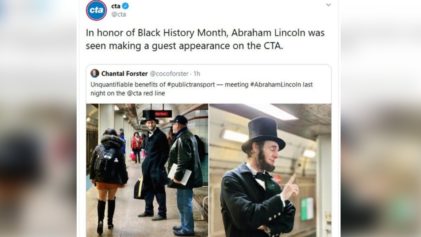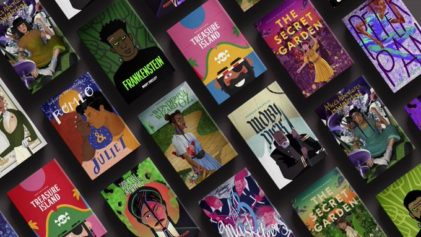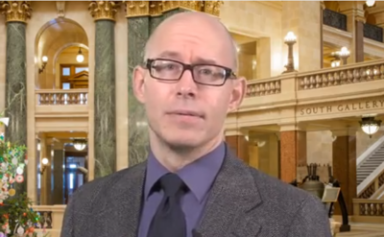
Michael Boulware Moore, CEO of the International African American Museum (Photo courtesy of International African American Museum)
February marks the start of Black History Month, a time when African-Americans across the country celebrate the successes and contributions of Black people throughout history. During a time of increased racial and political tensions, however, it has become much harder to have an open and honest dialogue about America’s racial history.
Today’s Americans are far removed from the realities of overt racism, resulting in watered-down history lessons about the Jim Crow South or cherry-picked quotes from revolutionary civil rights leaders that portray a false narrative of racial progress in the U.S. This, and the largely untold contributions of countless successful Black entrepreneurs and developers, is ultimately what led marketing executive-turned-CEO Michael Boulware Moore to dream up the International African-American Museum in Charleston, S.C.
The new museum, slated to open in fall 2019, is focused on re-centering South Carolina’s place in history, highlighting its vital role in the international slave trade, as well as the Civil War, the gallery’s website states. However, one can’t explore South Carolina’s history without delving deep into its Black history.
The IAAM also will give visitors the opportunity to learn and explore the pivotal roles enslaved Africans and freedmen played in shaping economic, political and cultural development in America and throughout the world. Featured movies, documents and digital archives will further tell the historical narrative of Black Americans’ arrival in the city of Charleston.
“Nearly 80 percent of African-Americans can potentially trace an ancestor who arrived through Charleston,” the museum’s website states. “These few acres witnessed one of the world’s most pivotal human migrations. No other place saw such a dramatic influx of enslaved African arrivals. The IAAM will teach visitors this history and encourage them to explore it at historic houses, plantations, buildings and other sites that speak to African- American heritage.”
During a sit-down with Forbes magazine this month, Moore discussed his vision for the IAAM and the importance of expanding and understanding international perspectives of the African-American experience. He also touched on how the new museum would serve to shift the Black narrative from one of enslavement and victimization to one of success and perseverance.
“While there are undoubtedly stories of pain and oppression, there are also stories of perseverance and people pushing past the enormous odds,” Moore told Forbes. “I think back to my great-great grandfather, Robert Smalls, who was enslaved working on a dock. He won his freedom and the freedom of his family, then leveraged that to do so many other incredible things, such as being a founder of the South Carolina Republican Party.”
“We want to leave people feeling inspired and uplifted by learning of these stories of achievement and telling the broader aspect of American history,” he continued.
Moore went on to detail how his lengthy career in advertising for notable global brands (Coca-Cola, Kraft, etc.) readied him for establishing and managing the museum. He said his mission of leveraging the facts of history in a powerful way when marketing new products was very similar to his goal of telling the deep and meaningful stories of African-Americans for visitors to the museum.
Complementing the gallery’s numerous interior and exterior galleries, the IAAM will feature a Center for Family History, giving museum-goers access to genealogical resources and research pertaining to African-American, American and African diaspora history, Forbes reported. The museum’s Educational Resource Center will also provide students and teachers with additional learning resources.
One area of focus in the museum is the Transatlantic slave trade, during which thousands of enslaved Africans were ripped from the shores of West Africa and transported to the Americas and the Caribbean. Moore asserted that South Carolina, specifically the port city of Gadsen’s Wharf near Charleston, was where many enslaved workers took their first steps on American soil. That’s why it was so important that he erect that museum there.
“We have a gallery called Atlantic connections that speaks to exactly who the people were that came to America,” he said. “The slave trade reflected so many different languages, waves and cultures — all of which have been whitewashed away.
“For the vast majority of African Americans, we have no real, honest connection to our history.”
So, with his new African-American history museum, Moore is hoping to fill in the gaps, providing visitors with the missing history of Black Americans and where we came from.


